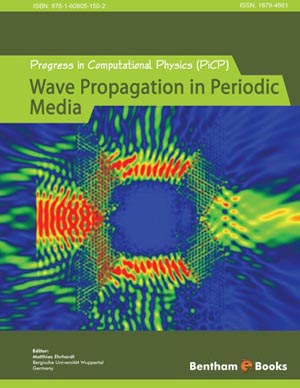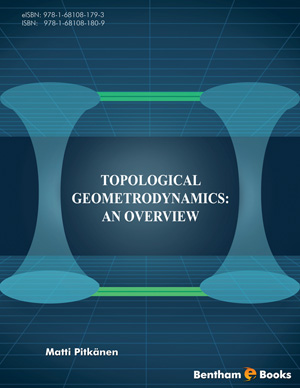Abstract
INTRODUCTION
It is well-known that quantitative phase analysis readily gives the precise amounts of phases in a mixture, since each component of the mixture produces its own characteristic pattern independent of the others, making it identify the various components possible; on the other hand, the intensity of each component’s pattern is proportional to the amount present of the component, thus a quantitative analysis for various components is developed. The same principle is valid for the profile analysis to determine micro-strains in imperfect materials.
The broadening of X-ray diffraction line profile is caused by structural imperfections of the specimen and instrumental effects. At present, a completely new model has been developed based on a newly developed 2D X-ray diffraction theory. From investigations of principles of X-ray wave theory, it is known that the observed X-ray diffraction profile of reflection is the summation of the inherent profile and extraneous profile. A precise analysis of profiles gives a picture of microstructure changes in the materials under way. Here in the method both weightedmain breadth [replaced the Laue intensity-integral breadth and the weighted-strain breadth are combined together to solve the doublet broadening problems. Because of its rapidity and convenience, compared with the widely used Fourier series method and close function methods, the present method is a straightforward method of measurement. In addition, the broadening effects due to instrumental geometry and penetration depth can be effectively eliminated using the intensify-ratio method for the profile analysis. At present, it is assumed that the size-and strain-broadening profiles are dependent on the order of reflection and follow the cosine- and tangential- relationships respectively, but the dimension of crystallites are order-independent.....













